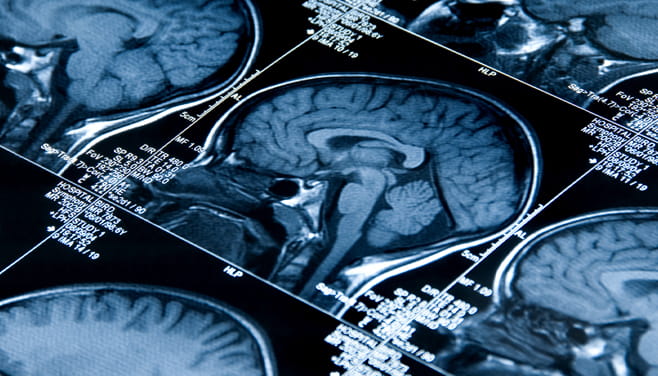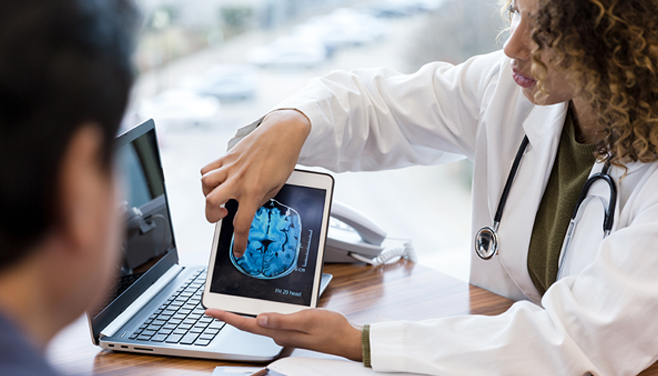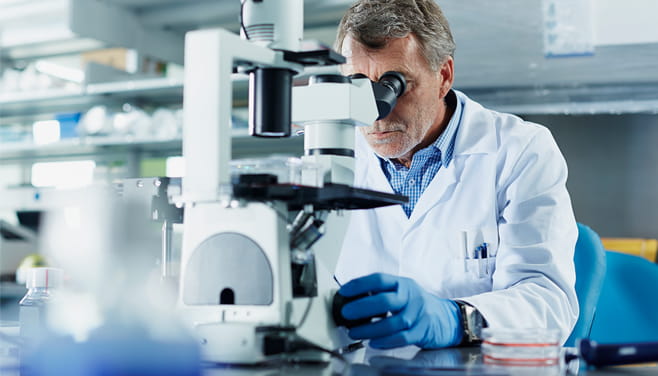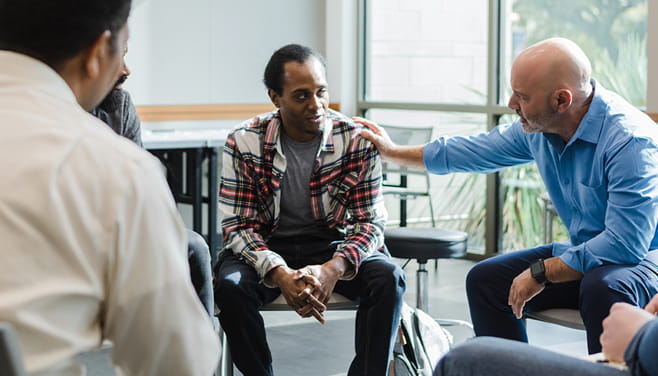Stroke Education & Outreach
Let Us Help You Find a Doctor
Let Us Help You Find a Doctor
U.S. PATIENTS:713.790.3333
Find a Specialist Near You
Every 40 seconds, someone has a stroke — the leading cause of disability in the U.S. Houston Methodist’s stroke education and outreach program offers resources and support for patients and families impacted by stroke.
Stroke education creates a healthier community. Houston Methodist’s stroke outreach team provides education for patients, families, community members and health care professionals.
During a stroke, brain cells and tissue begin to die after just a few minutes without blood or oxygen, resulting in brain damage. All strokes are dangerous and can be deadly if not treated quickly. If you suspect stroke, don’t wait — call 911 right away.
Stroke education creates a healthier community. Houston Methodist’s stroke outreach team provides education for patients, families, community members and health care professionals.
During a stroke, brain cells and tissue begin to die after just a few minutes without blood or oxygen, resulting in brain damage. All strokes are dangerous and can be deadly if not treated quickly. If you suspect stroke, don’t wait — call 911 right away.
Stroke Resources
Types of Stroke
Explore Stroke Treatments
Houston Methodist offers rapid diagnosis and comprehensive stroke care for all types of stroke.
Houston Methodist offers comprehensive stroke care, from emergency treatments to preventive care and rehabilitation.
Find Clinical Trials
Support Groups
Houston Methodist is leading the way in research to find innovative treatment options.
If you’re recovering from the effects of a stroke, you may need some emotional assistance or just someone who understands. Our monthly support group can help.
Choose a Doctor at One of Our Locations
FILTERS:
Clear All Filters




